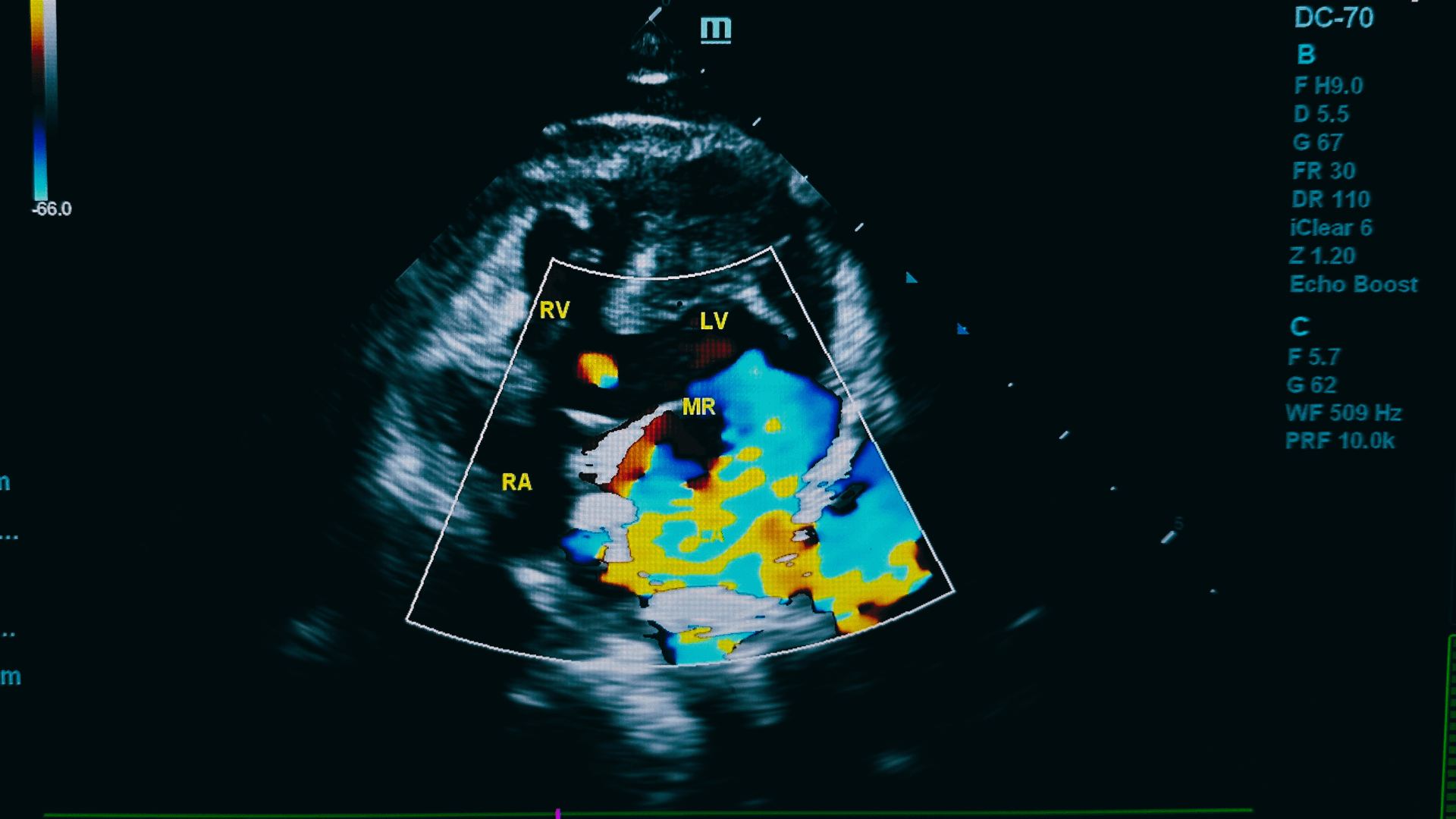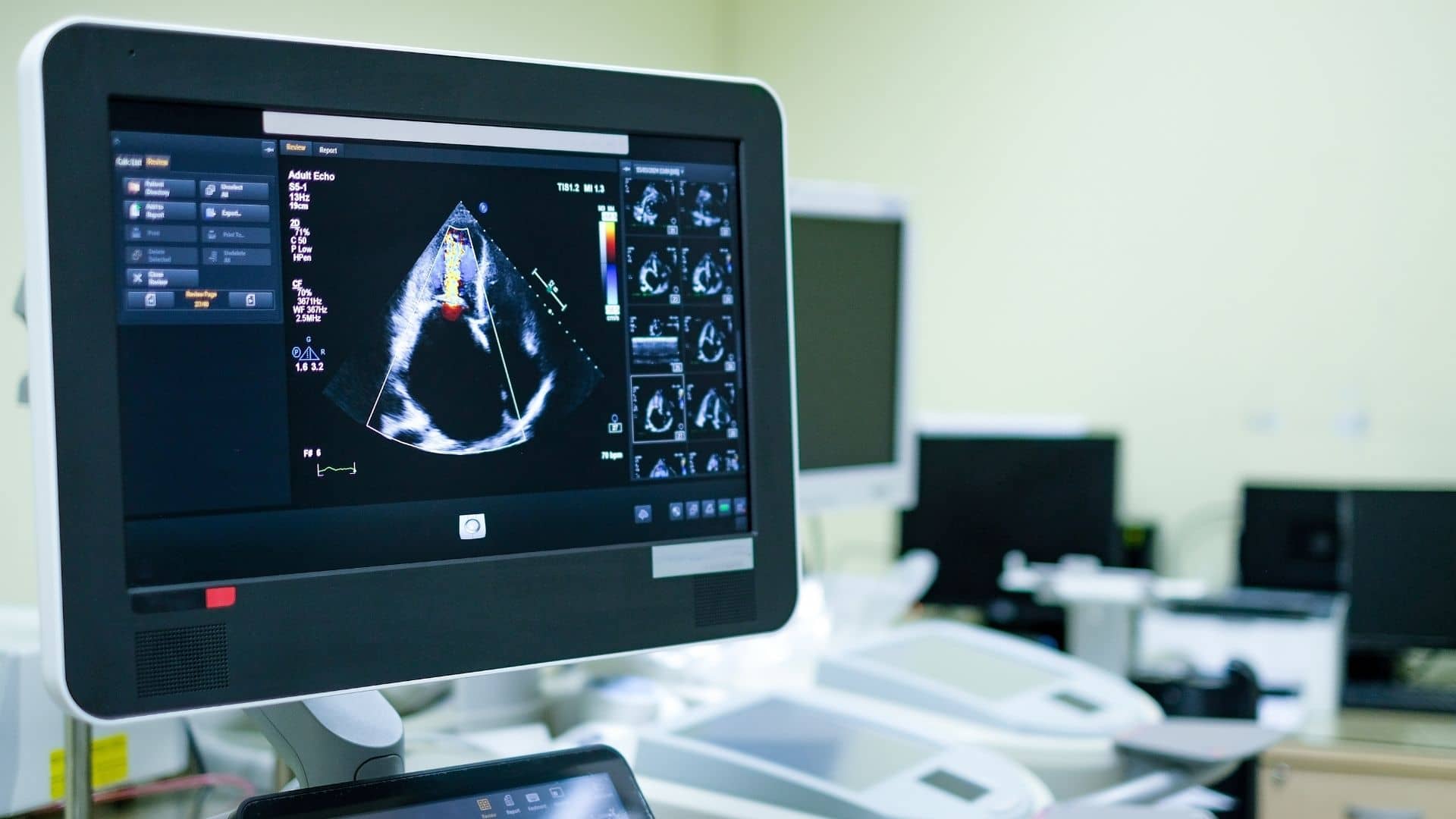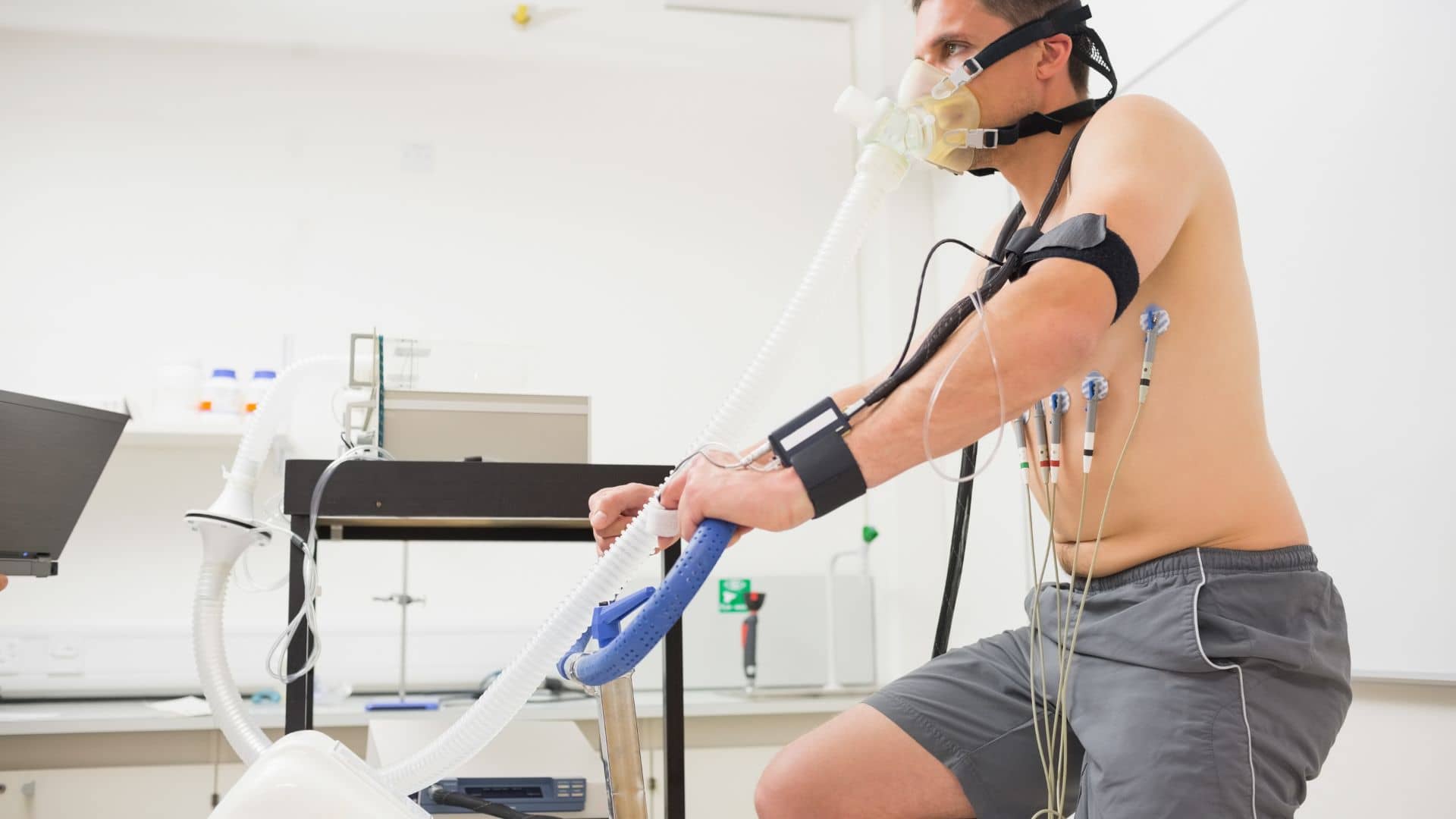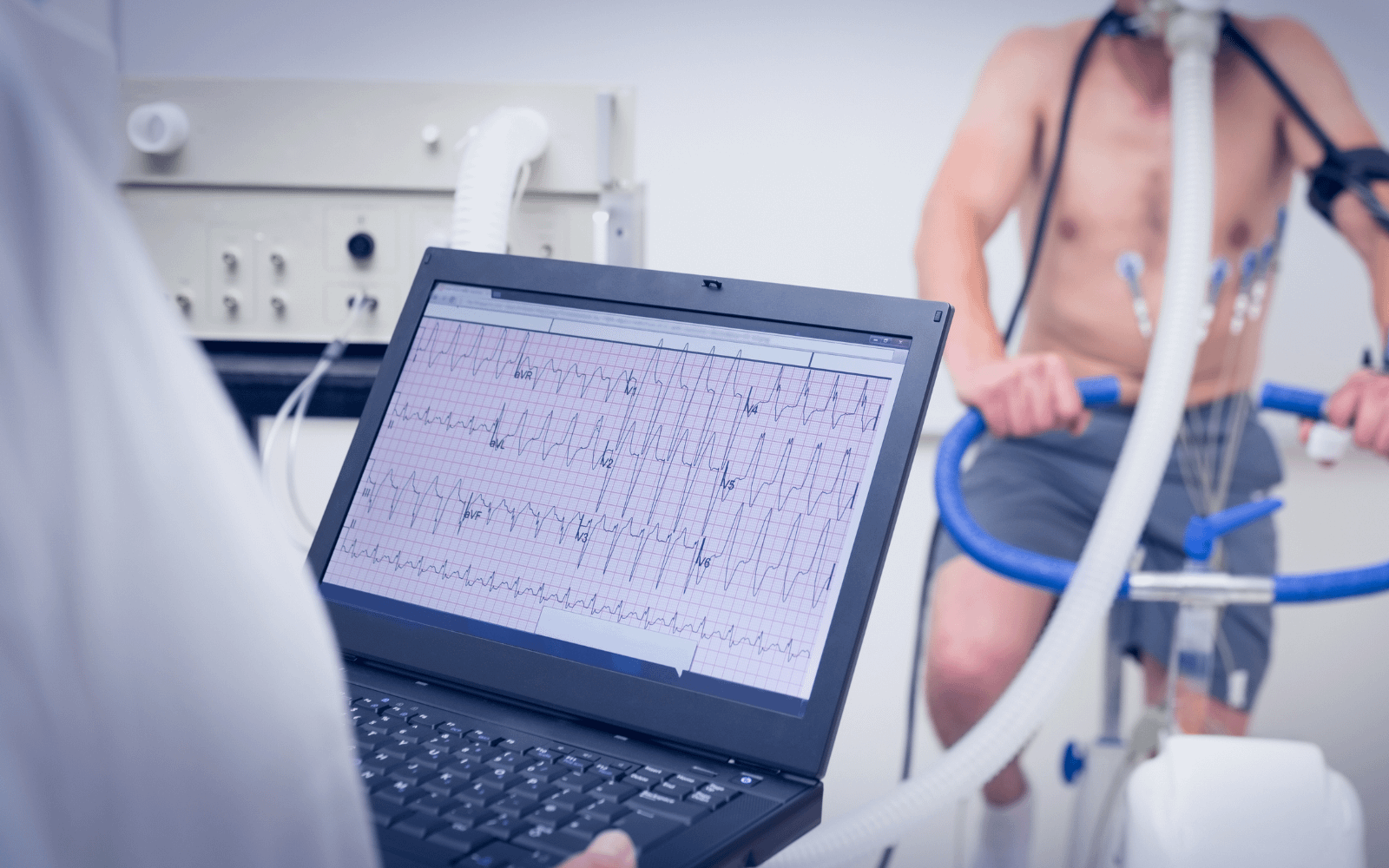If you’ve ever seen F43.10 written on medical paperwork, you’re looking at the ICD-10 diagnostic code for mental health that represents Post-Traumatic Stress Disorder. It’s one of those medical codes that shows up on bills and charts, but rarely gets explained to patients.
PTSD can develop in anyone who’s lived through something terrifying like a car crash, assault, natural disaster, or even a medical emergency. The aftermath can stick around for years, messing with sleep, relationships, and day-to-day life.
F43.10 helps doctors communicate clearly with other healthcare providers and makes sure insurance companies process claims correctly. The code sits within the broader F43 category, which covers different types of reactions to severe stress.
What F43.10 Represents
The F43.10 code represents a real condition that affects millions. When doctors assign this code, they’re identifying a specific pattern of symptoms that follow exposure to trauma.
To get this diagnosis, you’ll typically show:
- Having gone through or witnessed something truly traumatic
- Getting ambushed by flashbacks or nightmares about what happened
- Going out of your way to avoid anything that brings the trauma to mind
- Being jumpy, irritable, or always on guard
- Struggling with these symptoms for more than a month
- Having trouble at work, home, or in relationships because of these issues
The interesting thing about PTSD is that it’s both psychological and physical. Brain scans show actual changes in how the brain processes information after trauma.
Who Ends Up with an F43.10 Diagnosis?
About 6-8% of Americans will deal with PTSD at some point, but those numbers skyrocket in certain populations. Nearly 1 in 5 combat veterans develop PTSD. After sexual assault, the rates jump to 30-40%. First responders and healthcare workers are also at higher risk.
So why do some people get PTSD while others bounce back after trauma? It’s complicated, but these factors seem to matter:
- How bad the trauma was and how long it lasted
- Whether you were directly involved or just witnessed it
- If you’ve had other mental health struggles before
- Whether trauma runs in your family
- Having people who supported you afterward (or not)
- Previous traumas, especially from childhood
- Even your brain chemistry plays a role
Getting Diagnosed with F43.10
Mental health professionals look for patterns across four main areas:
- Reliving the trauma: This is about remembering what happened to you, through flashbacks, nightmares, or intense reactions when something reminds you of the event. One patient described it as “having the worst movie of your life playing on repeat, and you can’t find the off switch.”
- Avoiding reminders: People with PTSD often rearrange their entire lives to avoid triggers. I worked with a woman who survived a highway pileup who hadn’t driven on a freeway in 7 years. Another patient moved across the country to avoid places that reminded him of his trauma.
- Negative changes in thinking: After trauma, many people’s worldview darkens. They might feel constant guilt or shame, lose interest in things they used to enjoy, disconnect from loved ones, or find it impossible to feel positive emotions. As one patient put it, “It’s like someone dimmed all the lights in my life.”
- Feeling keyed up: The body stays in danger mode long after the threat has passed. This shows up as trouble sleeping, angry outbursts, being easily startled, having trouble concentrating, or taking unnecessary risks.
Doctors need to understand how these symptoms affect your daily life and how long they’ve been happening. Everyone has some rough days after trauma – it’s when symptoms persist beyond a month and interfere with normal functioning that the F43.10 diagnosis becomes relevant.
Treatments That Actually Work for F43.10
Getting a PTSD diagnosis can feel overwhelming, but there’s good news: effective treatments exist. Recovery isn’t always quick or easy, but it is possible.
Therapy Approaches That Get Results
Several therapy types show strong evidence for treating PTSD:
- Trauma-focused CBT helps you identify and change thought patterns that keep you stuck. Take as an example of a flight attendant who survived a crash landing, she would need to focus on challenging thoughts like “Flying is always dangerous” and “I’ll never be safe again.”
- EMDR looks strange from the outside. You focus on traumatic memories while following the therapist’s finger movements with your eyes. Despite the odd appearance, research backs it up. Many patients report relief within a few sessions.
- Prolonged Exposure gradually helps you face trauma-related memories and situations you’ve been avoiding. It’s tough but effective – like learning to swim by getting in the water.
- Cognitive Processing Therapy targets unhelpful beliefs that developed after trauma. What many veterans experience is that they blame themselves for their buddy’s death, though there was nothing they could have done differently.
Why F43.10 Can Be Tough to Treat
Despite good treatment options, several challenges make PTSD recovery difficult:
- Treatment resistance: About 30% of people don’t respond well to standard treatments. For them, recovery often means trying multiple approaches before finding what works.
- It rarely travels alone: Most people with PTSD also battle depression, anxiety, substance abuse, or other conditions. These issues complicate treatment and need to be addressed too.
- Finding good care is a nightmare: Many communities have few or no trauma specialists. Even in cities, waiting lists stretch for months. One rural patient told me she drove 3 hours each way for therapy because no one closer had the right training.
- Most people wait years before getting help: The average delay between developing PTSD and seeking treatment is over 4 years. During this time, symptoms often worsen and become more entrenched.
- Stigma remains a barrier: Despite progress, many still view seeking mental health help as a weakness. This is especially true in military, first responder, and healthcare communities – the very populations at highest risk.
New Directions in F43.10 Research
The PTSD treatment continues to change, with several promising developments:
- Brain imaging advances show how PTSD physically alters brain function. The amygdala (fear center) becomes overactive while prefrontal areas (the brain’s “brake pedal”) show decreased activity.
- Genetic research has identified several genes linked to PTSD vulnerability. This might eventually lead to preventive treatments for high-risk individuals after trauma exposure.
- Innovative treatments showing promise include:
- Stellate ganglion block – an injection that can rapidly reduce hyperarousal
- MDMA-assisted therapy – currently in final trials with remarkable results
- Ketamine infusions – providing quick relief for some treatment-resistant cases
- Biofeedback and neurofeedback – teaching patients to regulate their own physiology
- Tech solutions expanding access: Virtual reality enables exposure therapy in controlled environments. Smartphone apps provide between-session support and symptom tracking.
Need Help With F43.10 Billing Issues?
If you’re a healthcare provider treating patients with PTSD, you know that proper coding and billing for mental health services can be difficult. Insurance companies often scrutinize mental health claims more closely than physical health conditions.
MCB Collects specializes in medical billing for behavioral health services, including PTSD treatment. Our team knows the nuances of mental health coding and can help you:
- Maximize appropriate reimbursement
- Reduce claim denials
- Navigate complex insurance requirements
- Maintain complete compliance
Contact us to learn how we can improve your practice’s financial health while you focus on what matters most – helping your patients heal from trauma.











